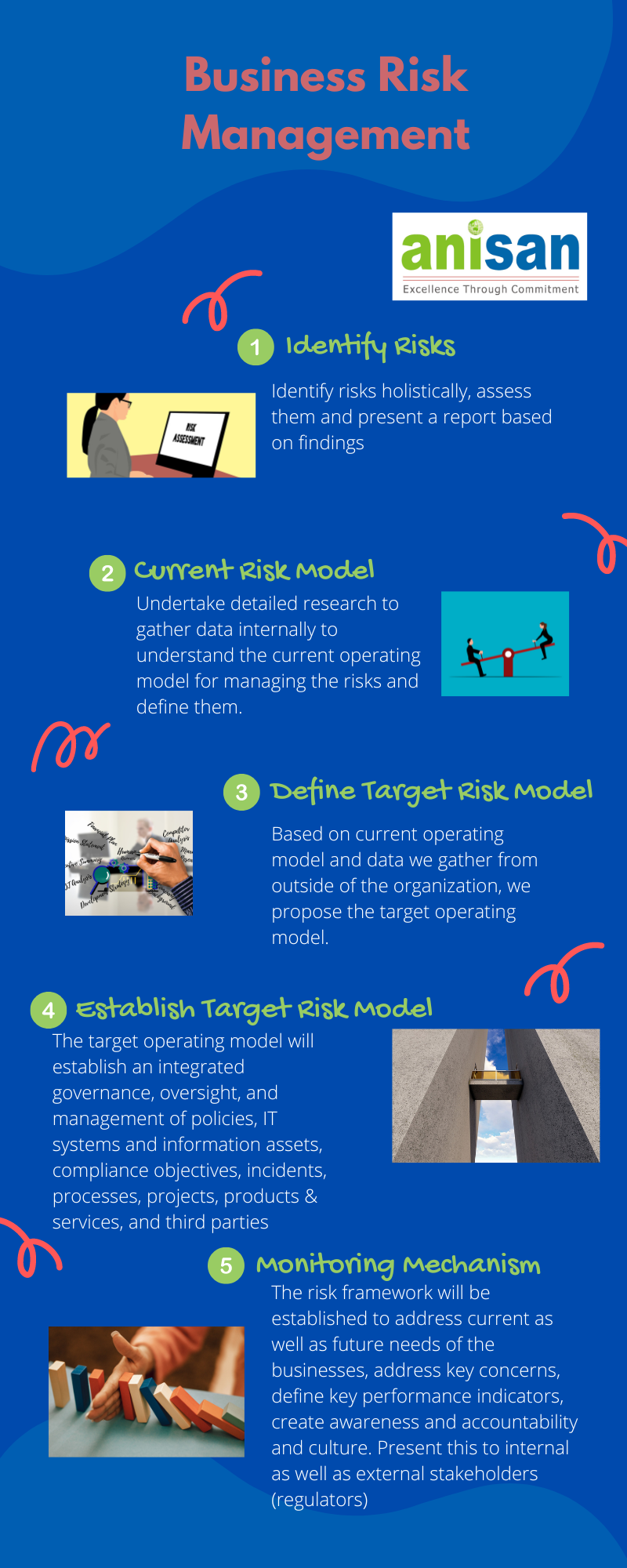Key points to big transformation failures:
The failure of business transformation can be traced back to not understanding the purpose of the transformation, real needs of the transformations, process of delivery. All these three key points can adversely impact on the benefit realizations for all stakeholders including but not limited to shareholders, clients, customers, vendors, suppliers, employees, business holders, regulators, government authorities etc. The misconception that business transformation is a project, that can be once done and dusted in BAU. In fact, it is quite opposite because it is a long journey of ups and down, adjustments, survivals, and finally leading to the path of growth and prosperity.

A realistic transformation journey involves doing SWOT analysis and understanding the current operating models, limitations of the same and projecting future needs and processes that can sustain, and putting all these together. The effective way of managing transformation is deep diving into these areas, creating alignments with 3 Ps (purpose, people and process), and planning accordingly…execution can be quick. The problem occurs in two areas – lack of understanding of what we have and what we need, and second is lack of agility in implementation. Both these adversely impact on the speed of implementation and resource management.
What makes transformation survive and prosper?
Finding the clear purpose, bringing the stakeholders together and creating an operating model that involves business policies, processes, stakeholders’ needs, data, business rules, customers’ preferences, regulatory needs, technology advantages as well as limitations, skill sets, environmental issues and/or community challenges (if any) etc. contributing to society.
Once purpose(s) and people are aligned, rest elements can be handled with less challenges. During transformation the challenge of alignment and misalignment will continue till everything irons out, but having missed on purposes or people could be a long path to this journey. The transformation team needs to keep an eye on these risk elements clearly during the journey.

